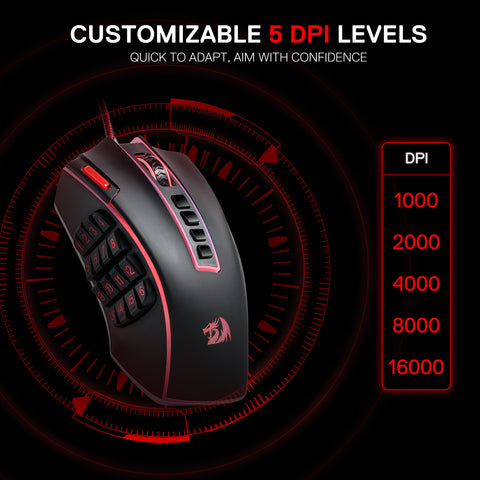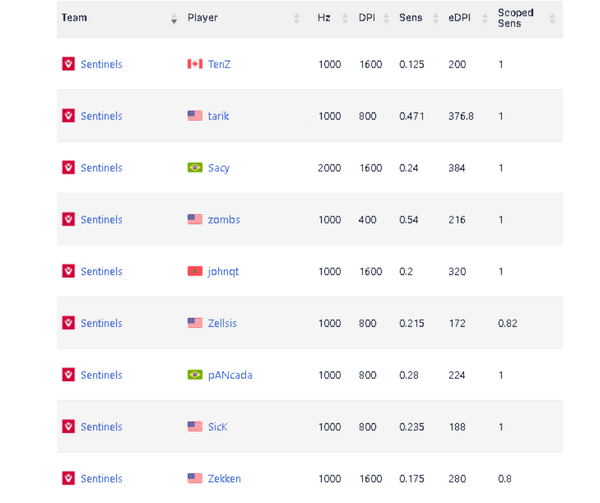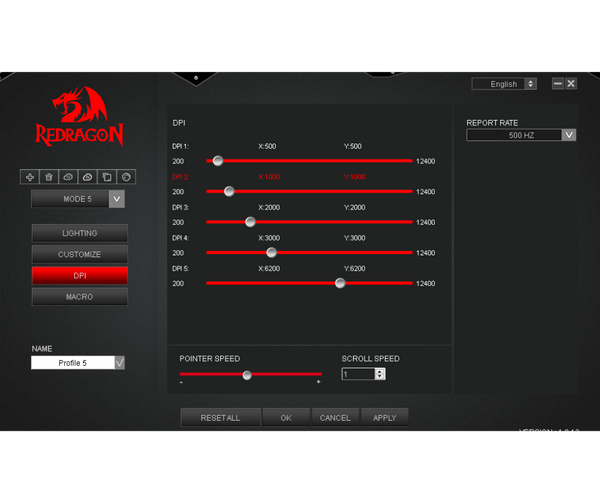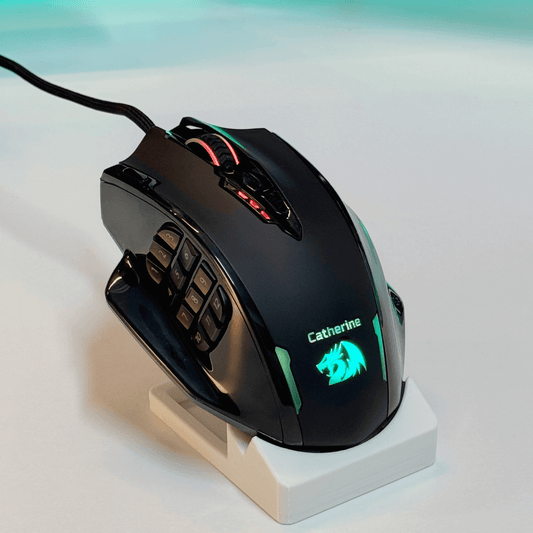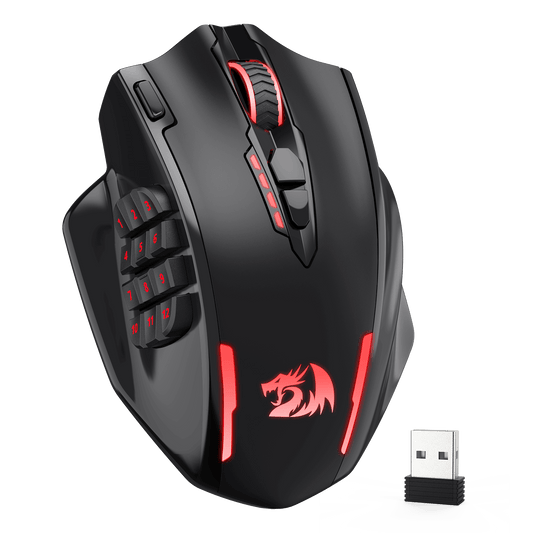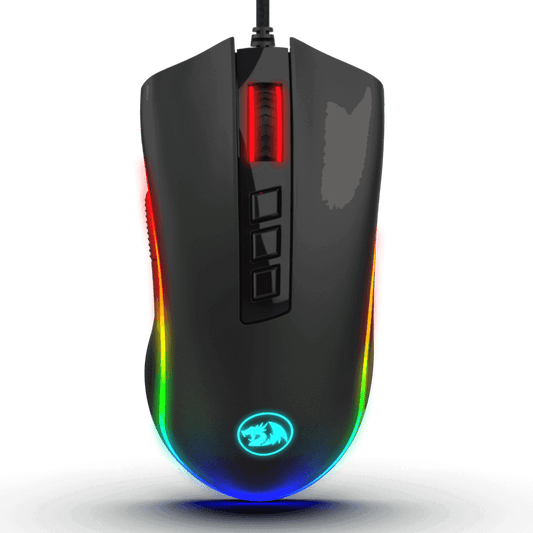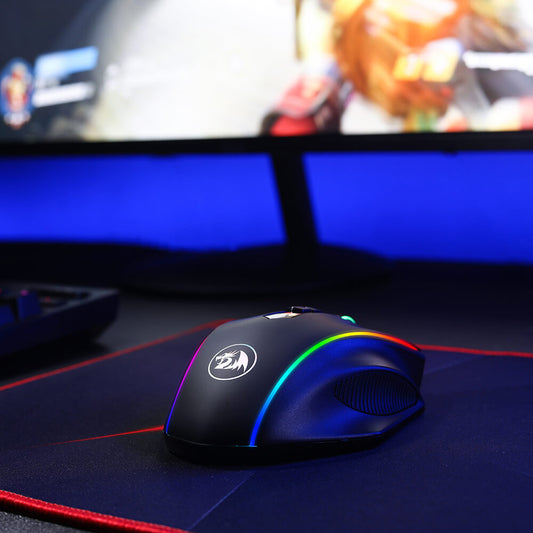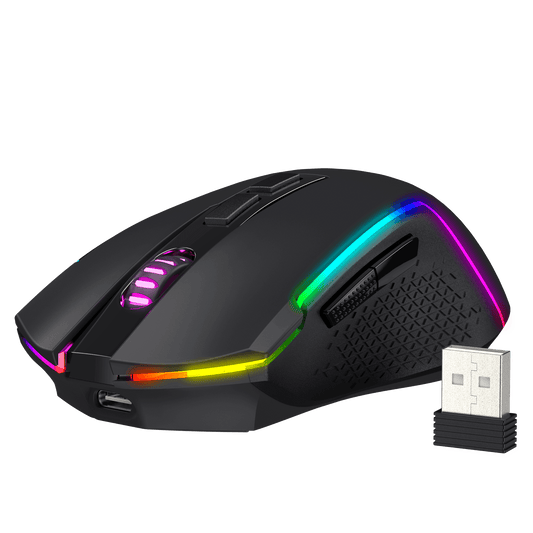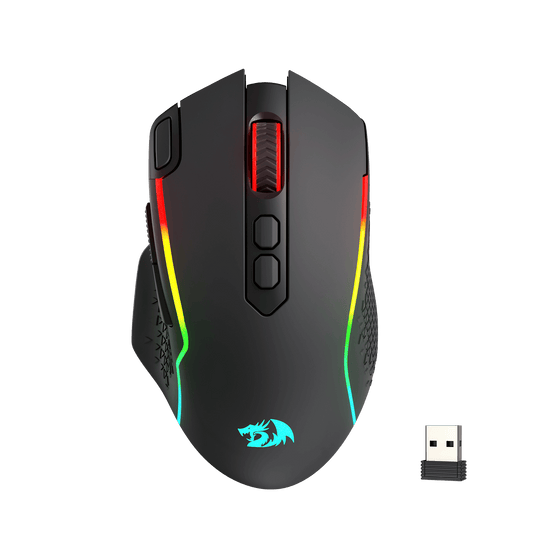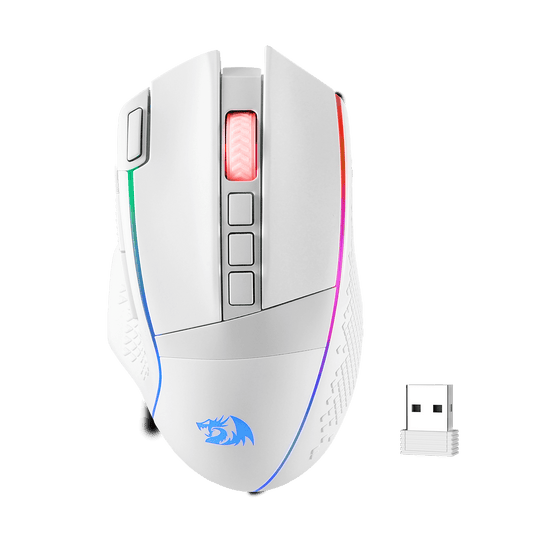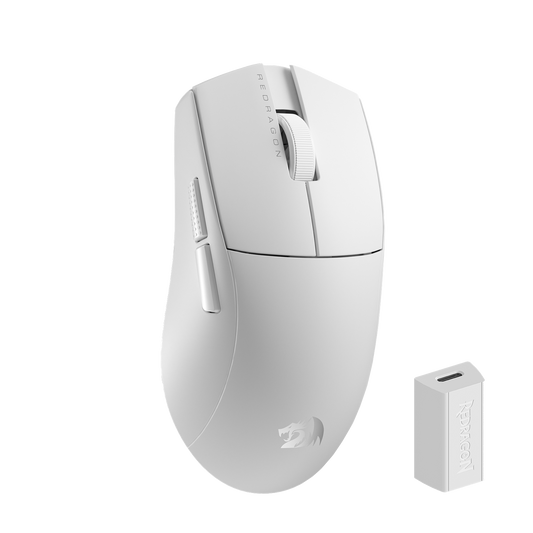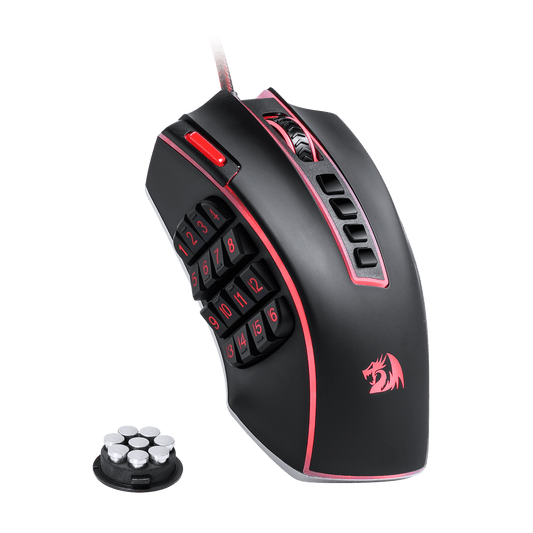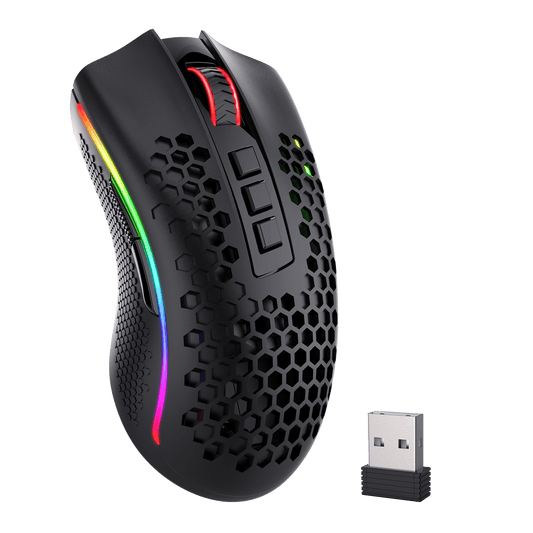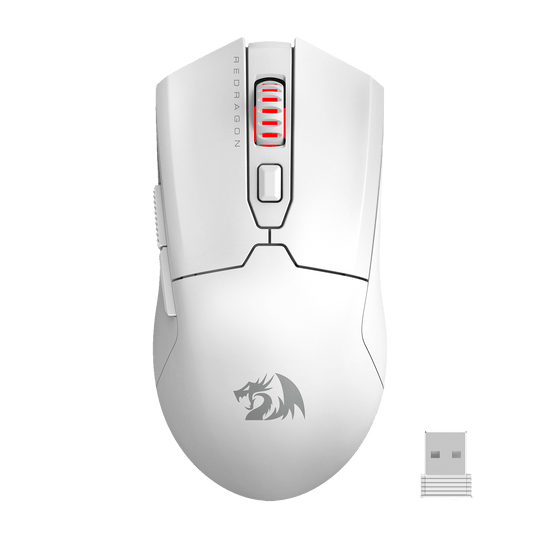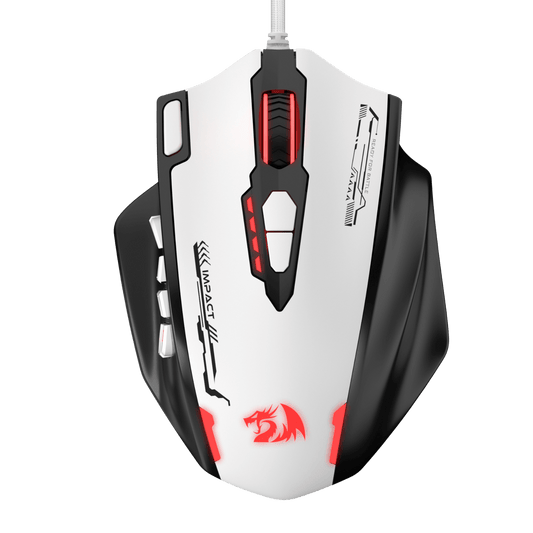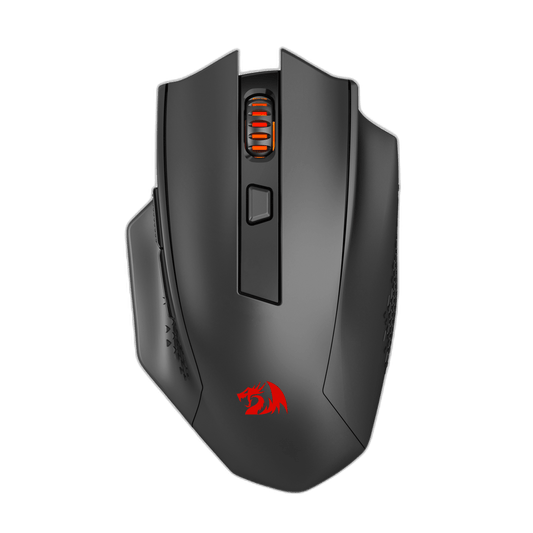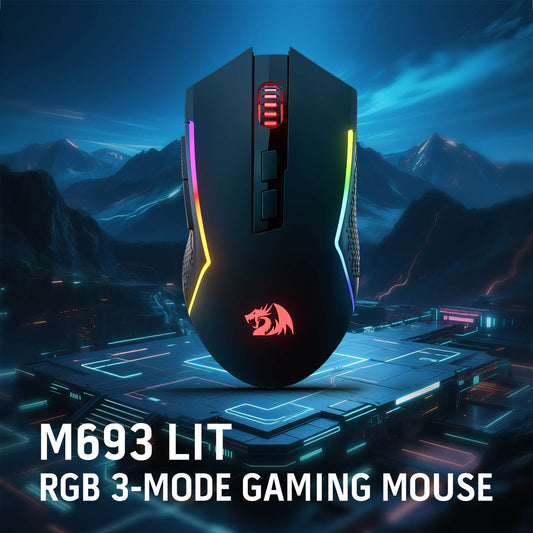Introduction
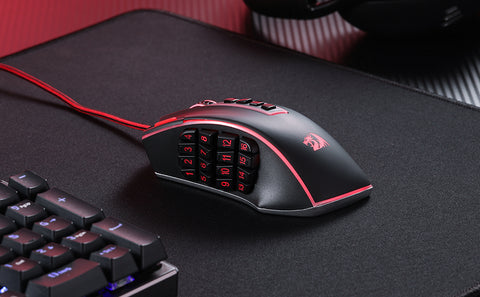
In the digital age, where precision and speed are paramount in computing tasks, understanding the nuances of your hardware can significantly enhance your user experience. One critical aspect of this hardware is the mouse, a peripheral that has evolved from a simple pointing device to a sophisticated tool equipped with various features to boost productivity and gaming performance. Among these features, DPI stands as a key term often mentioned but not always fully understood. Let’s delve into what DPI is and why it matters.
Recommended Reading: For a deeper dive into mouse DPI, check out Gaming Mouse DPI Guide.
What is DPI?
DPI, an acronym for Dots Per Inch, serves as a crucial metric in the world of mice. It quantifies the sensitivity of a mouse, defining the number of pixels the cursor moves on the screen with each inch of physical movement. Essentially, DPI becomes the translator between the physical motion of the mouse and the corresponding movement of the cursor on the digital canvas.
How Mouse DPI Affects Performance?
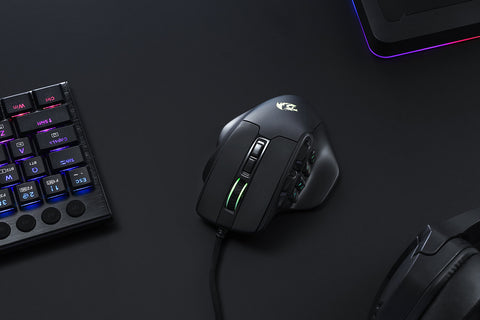
The impact of Mouse DPI on performance is multifaceted, exerting influence in both gaming and productivity realms.
- Gaming Precision: In the gaming sphere, the choice of DPI can significantly influence precision. A higher DPI setting allows for swift and dynamic movements, ideal for fast-paced games where quick reactions are paramount. Conversely, a lower DPI can enhance accuracy, particularly in scenarios requiring precise targeting.
- Workplace Efficiency: Beyond gaming, mouse DPI plays a pivotal role in professional settings. Tailoring the DPI to match the demands of specific tasks can elevate efficiency. Graphic designers, for instance, may opt for a lower DPI to facilitate meticulous control, while general office tasks might benefit from a moderate DPI setting for balanced navigation.
- Screen Resolution Dynamics: The relationship between mouse DPI and screen resolution is intricate. A higher screen resolution demands a proportionally higher DPI to ensure that the cursor covers more pixels with each movement, preventing the need for excessive physical mouse travel.
In essence, understanding how mouse DPI affects performance empowers users to customize their computing experience, optimizing sensitivity based on individual preferences, tasks at hand, and the nuances of their digital environment. As we delve deeper into the nuances of DPI, a clearer picture emerges of its pivotal role in shaping the user experience.
DPI and Gaming
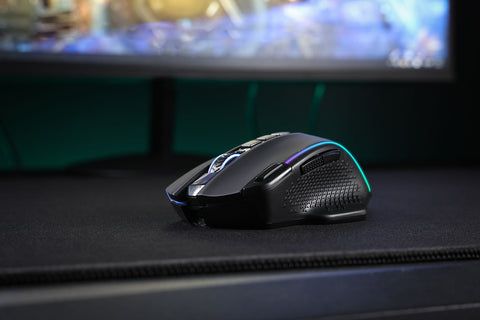
In the gaming universe, DPI is a cornerstone of performance and personalization. Gamers meticulously tune their mouse DPI to harmonize with their playstyle and game genre. High DPI settings offer swift cursor movements, essential for fast-paced games requiring quick screen navigation. Conversely, strategic or precision-based games, like snipers in first-person shooters, benefit from lower DPI settings, providing fine control for accuracy. The right DPI setting can be the difference between a triumphant victory and a narrow defeat, underscoring its importance in gaming.
What DPI Setting Should You Use?
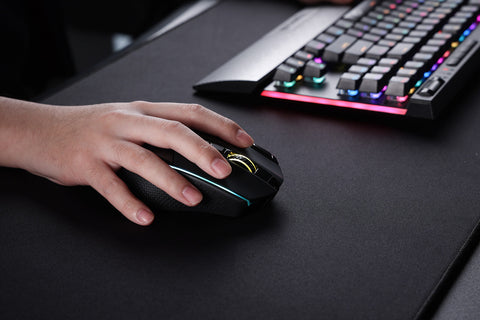
The optimal DPI setting is subjective, varying from one user to another based on personal preference, gaming style, and the nature of work. Here are some general guidelines:
-
For Gamers:
-
Fast-Paced Games: Consider a higher DPI (800–1200 DPI or higher) for genres requiring quick movements, such as MOBAs or FPS games.
-
Precision Games: Lower DPI settings (400–800 DPI) can benefit games demanding accuracy, such as for sniping.
-
For General Use & Productivity:
-
A DPI setting ranging from 800 to 1200 is typically comfortable for everyday tasks, offering a balance between speed and control.
-
High Resolution Monitors:
-
If you're using a monitor with a high resolution (4K for instance), you might need a higher DPI setting to efficiently cover more screen real estate without excessive physical movement.
Ultimately, the best approach is to experiment with different DPI settings to discover what best suits your needs. Many gamers and professionals adjust their DPI based on the task at hand, highlighting the importance of flexibility and personal preference in optimizing DPI settings.
What Mouse DPI Do Professional Competitive Gamers Prefer?
The preferred mouse DPI for professional competitive gamers varies based on personal preference and gaming genre. However, many professional gamers lean towards a lower to moderate DPI range. Typically, they opt for DPI settings between 400 and 1600. This choice provides a balance between precise aiming, often required in competitive play, and the ability to quickly navigate the game environment. It's important to note that individual preferences may still lead to variations, and some players may prefer higher DPI for specific game styles. For example the valorant team "Sentinels":
Is A High DPI Mouse Better Than A Low DPI Mouse?
The superiority of a high DPI mouse versus a low DPI mouse depends on the user's requirements and the intended use. Each has its advantages:
-
High DPI Mouse:
-
Pros:
Offers fast and responsive cursor movements, beneficial in fast-paced games where quick reactions are crucial.
-
Cons:
May be challenging to control precisely, potentially leading to overshooting targets.
-
Low DPI Mouse:
-
Pros:
Provides precise control, particularly useful for tasks requiring accuracy such as sniping in first-person shooters or graphic design work.
-
Cons:
May require more physical mouse movement for broader screen navigation.
Does Mouse Sensor Type Change DPI?
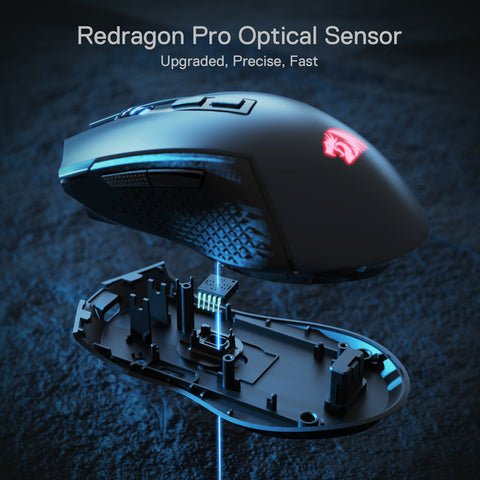
Yes, the type of sensor in a mouse can influence its DPI capabilities. There are mainly two kinds of sensors:
-
Optical Sensors: These sensors use an LED light source to track movement, capturing images of the surface below. Optical sensors typically offer accurate tracking and are known for reliability.
-
Laser Sensors: Laser sensors use a laser beam to detect surface details. They tend to provide higher DPI settings, making them suitable for users who prefer extremely high sensitivity.
What is the difference between mouse sensitivity and DPI?

Mouse sensitivity and DPI (Dots Per Inch) are closely related but distinct aspects of how mouse movement translates to cursor movement on a screen.
-
DPI: This denotes the hardware capability of the mouse, signifying the number of dots (or pixels) the cursor moves on the screen for each inch the mouse is physically moved. DPI represents the sensitivity of the mouse. A greater DPI indicates that the cursor will travel a longer distance with minimal physical movement of the mouse.
-
Mouse Sensitivity: This is a software setting, typically adjusted within an operating system or application, that determines how much the cursor moves in response to mouse movement. Unlike DPI, which is a physical attribute of the mouse, sensitivity settings are digital adjustments that can amplify or reduce the effect of the mouse's DPI setting.
In essence, DPI sets the baseline sensitivity of the mouse, while sensitivity settings in software fine-tune how the cursor responds to mouse movements based on that baseline.
How do I check my mouse DPI?
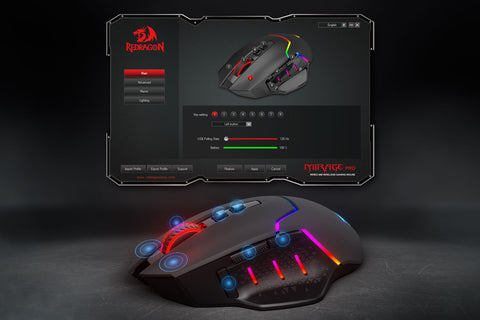
Checking your mouse DPI varies based on the mouse model and manufacturer. Here's how to find your DPI settings:
Manufacturer's Software: Most gaming mice come with proprietary software that allows you to view and adjust DPI settings. For example:
Mouse Specifications: If your mouse doesn't come with software, check the product specifications on the manufacturer's website or the user manual for DPI details.
DPI Button: Some mice have a dedicated DPI button that toggles through preset DPI settings. The change in cursor speed can give you an idea of the DPI adjustments.
SHOULD I CHANGE MY DPI?
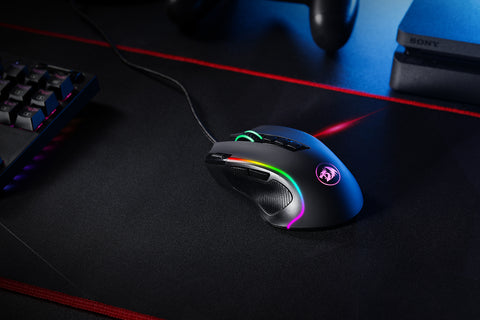
Whether or not you should change your DPI depends on your personal preference, the nature of your work or play, and how you interact with your computer. Consider changing your DPI if:
-
You're a gamer: Adjusting DPI can help tailor your mouse performance to different games. High DPI might benefit fast-paced games, while lower DPI could improve accuracy in shooters.
-
You engage in precision tasks: If your work involves graphic design or photo editing, a lower DPI can offer finer control.
-
You feel discomfort or inefficiency: If you find yourself frequently lifting your mouse to reposition it or stretching awkwardly to navigate, adjusting your DPI may help reduce physical strain and improve efficiency.
How do I change mouse sensitivity (DPI)?
Changing your mouse DPI can typically be done in two ways:
-
Through Mouse Software: Many gaming and high-end mice come with proprietary software where you can precisely adjust DPI settings. These applications often allow for profiles that can be switched based on the task at hand.
- Some mice have dedicated buttons that allow you to switch between DPI settings on the fly. These are particularly useful for gamers who need to adjust sensitivity for different in-game scenarios.
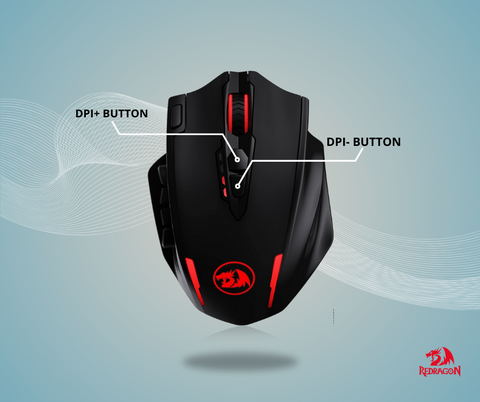
Mouse DPI vs Mouse Polling Rate
Mouse DPI (Dots Per Inch):
- DPI refers to the sensitivity of the mouse. It quantifies the number of pixels the cursor moves on the screen per inch of physical movement. Higher DPI settings result in more cursor movement for the same physical mouse displacement.
Mouse Polling Rate:
- The polling rate represents how often the mouse reports its position to the computer. It is measured in Hertz (Hz) and signifies the number of times per second the mouse updates its position. A higher polling rate translates to more frequent updates.
Key Differences:
-
Functionality:
-
DPI: Governs how sensitive the mouse is to movement, affecting how far the cursor moves on the screen.
-
Polling Rate: Indicates the frequency at which the mouse updates its position to the computer.
-
Adjustability:
-
DPI: Typically adjustable through mouse software or hardware buttons, allowing users to customize sensitivity based on preferences and tasks.
-
Polling Rate: Adjustable through software or firmware, offering users the ability to fine-tune the frequency at which the mouse updates its position.
-
Impact on Performance:
-
DPI: Directly influences cursor speed and precision, crucial for tasks like gaming and graphic design.
-
Polling Rate: Affects the responsiveness of the mouse, particularly in fast-paced applications, though the difference might be subtle for average users.
Optimizing Performance
- Balanced Configuration: A harmonious balance between DPI and Polling Rate ensures optimal performance. Experimenting with different settings helps users find the configuration that aligns with their preferences and tasks.
For a more in-depth understanding of Mouse Polling Rate, consider exploring the detailed information provided on "Everything You Need to Know About Mouse Polling Rate: A Comprehensive Overview."
Redragon’s Top Picks
Redragon M991: A Solid Mouse with good sensor

The Redragon M991 excels with its DPI customization, offering 5 onboard DPI levels (1000/2000/4000/8000/19000). This range caters to both fine control for detailed tasks and high-speed navigation necessary in intense gaming situations. Combined with the advanced Pixart PAW3370 sensor, it guarantees exceptional tracking accuracy. This feature, along with its software, allows users to seamlessly switch between DPI settings, ensuring optimal performance across various applications. The M991 stands out in the gaming gear market, providing precision, adaptability, and a performance comparable to more premium mice.
Redragon M913 Impact Elite: Ultimate Flexibility with Dual-Mode Wireless/Wired Gaming Mouse
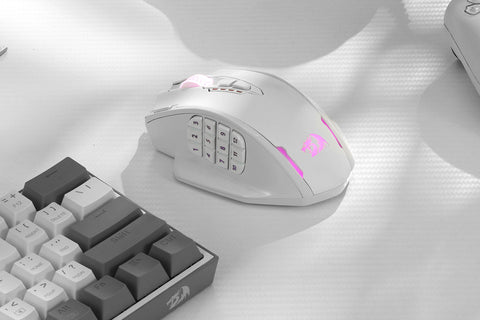
The Redragon M913 stands out with its versatile dual modes, offering both 2.4Ghz wireless and USB-C wired options, complete with 12 side buttons for MMO gaming. It's not just about speed; the M913 comes with a highly responsive Pixart 3335 sensor for instant click and swipe recognition. Its low-consumption chip ensures long hours of use, with an impressive battery life that varies depending on the backlight usage. For esports enthusiasts, the M913's 5 onboard DPI levels (1000/2000/4000/8000/16000) are tailored for diverse gaming needs. Additionally, its driver support allows full customization of the 16 buttons and lighting effects, even in wireless mode, making it a versatile choice for gamers aiming for victory.
Redragon M916: The Ultimate Lightweight, High-Performance Gaming Mouse

The Redragon M916 sets a new standard with its 3 Modes Connect Technology, featuring both Bluetooth and a 2.4Ghz nano receiver for a seamless, precise mouse movement experience. It's incredibly light at just 49 grams, designed for agility and control. The mouse offers 5 DPI levels (1000/2000/4000/8000/26000) for tailored precision, further customizable via software. With 5 programmable buttons and ergonomic design, the M916 ensures comfort and rapid response in gaming or work, backed by Redragon's comprehensive driver support for complete customization.
Redragon M995: The Gamer’s Choice for Ultra-Lightweight Precision

The Redragon M995 is a top-tier choice for gamers who demand precision and agility. With its 5 adjustable DPI levels (1000/2000/4000/8000/26000), it provides versatility for various gaming scenarios. It's ultra-lightweight at only 51 grams, enhancing movement accuracy and control. The M995 also offers 6 programmable buttons with easy keybinding options for customized gameplay. Additionally, its comfortable grip and detailed design ensure ease of use during extended gaming sessions. Supported by essential Redragon software, this mouse is a robust choice for gamers seeking performance and customization.
Conclusion
In conclusion, grasping the significance of DPI, or Dots Per Inch, is fundamental to unlocking the full potential of your mouse and, by extension, your overall computing experience. DPI serves as a vital metric, determining the sensitivity of your mouse and influencing how your cursor traverses the digital landscape.
The versatility of DPI is evident in its adaptability to various tasks and user preferences. Whether you are a meticulous graphic designer in need of precise control or an avid gamer requiring swift and responsive movements, adjusting your mouse's DPI empowers you to tailor your device to your specific requirements.
FAQ
What is the common DPI?
The common DPI range for most mice lies between 800 to 1600 DPI. This range is versatile enough to cater to a broad spectrum of tasks from general web browsing to standard gaming. However, gaming mice often extend this range significantly, offering DPI settings from as low as 100 DPI to upwards of 8000 DPI or more, allowing users to find their perfect sensitivity level.
Is 10000 DPI too much?
For most users, 10000 DPI is excessively high and may result in overly sensitive mouse movements, making precise control difficult. While high DPI settings can be beneficial in specific scenarios or games that require rapid screen traversal, the majority of users, including professional gamers, often prefer much lower DPI settings for greater accuracy and control. It's about achieving the perfect equilibrium that matches your requirements and personal preferences.
How do I know my mouse DPI by color?
Some gaming mice use color indicators to represent different DPI settings, allowing users to switch between presets and visually identify their current DPI setting based on the mouse's LED color. However, the color-DPI association varies by manufacturer and model. To understand what each color represents on your specific mouse, you'll need to consult the user manual or software utility provided by the manufacturer.
Does high DPI cause lag?
High DPI in itself does not cause lag, as DPI is simply a measure of sensitivity. However, the performance and responsiveness of a mouse can be influenced by factors such as the mouse's polling rate and the computer's ability to process high amounts of cursor data quickly. If a system is not optimized or capable of handling high DPI inputs efficiently, users might perceive a decrease in responsiveness, which can be misconstrued as lag.
Is DPI the same for every mouse?
No, DPI is not the same for every mouse. Different mice models and brands offer varying DPI ranges and capabilities. While standard office mice typically offer a fixed DPI setting or a modest DPI range suited for general use, gaming and high-performance mice provide a wide range of adjustable DPI settings to accommodate the precise needs of different users and applications.
Why do pro gamers use low DPI?
Pro gamers often use low DPI settings to achieve better accuracy and control, particularly in first-person shooter (FPS) games where precise aiming is crucial. Lower DPI settings allow for finer cursor movements, enabling players to aim and track targets more accurately. This preference for low DPI is also coupled with large mouse pads, allowing for broad physical movements that translate to precise in-game actions without sacrificing speed.















